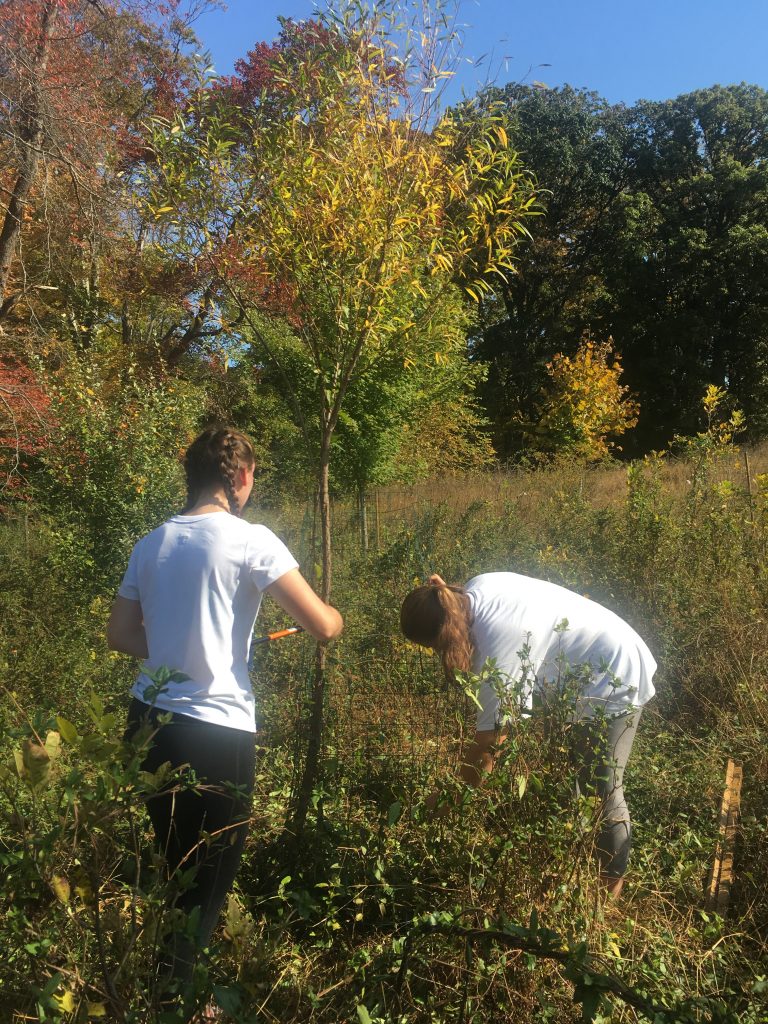The areas surrounding streams, known as riparian buffers, are critical to the protection and health of these precious water resources. Intact riparian zones include vegetative buffers consisting of native trees and shrubs and perform a variety of important functions such as stabilizing stream banks from erosion, shading stream waters to keep them cool and providing organic materials for insects, fish, and other wildlife. Over time, however, the development of our open spaces for housing, industry and conventional agriculture has led to a decline in the health of our streams, including significant reductions to the critically important riparian buffer zones surrounding them.

Depending on a property’s particular land use history, areas surrounding streams can look quite different. Some streams may still be protected by intact, dense forests while others may be lined with grassy banks and perhaps only a few trees and shrubs, if any. Given this variety, management strategies may range from preserving the existing woodland along a stream to the restoration and expansion of the buffer zones with additional plantings and the cessation of mowing along the stream banks.
Over the years, the Trust has partnered with numerous local landowners, schools, and other conservation organizations to improve our community’s riparian zones, adding hundreds of trees and shrubs along the banks of Crum and Ridley Creeks and their tributaries. When it comes to planning and executing a riparian buffer enhancement or restoration project, one key element is the selection of a variety of native tree and shrub species to increase the ecological diversity of the riparian area.
In 3 upcoming blog posts will provide information about enhancing riparian areas through the addition of native trees and shrubs, including tips for planning, implementing and maintaining riparian zones.
If you would like to learn more about planting in a riparian buffer zone and gain some practical planting experience, join us for one or more native tree planting days – May 29, 30 & 31 – at Ashbridge Preserve. More information and volunteer sign up for these upcoming plantings available soon!

